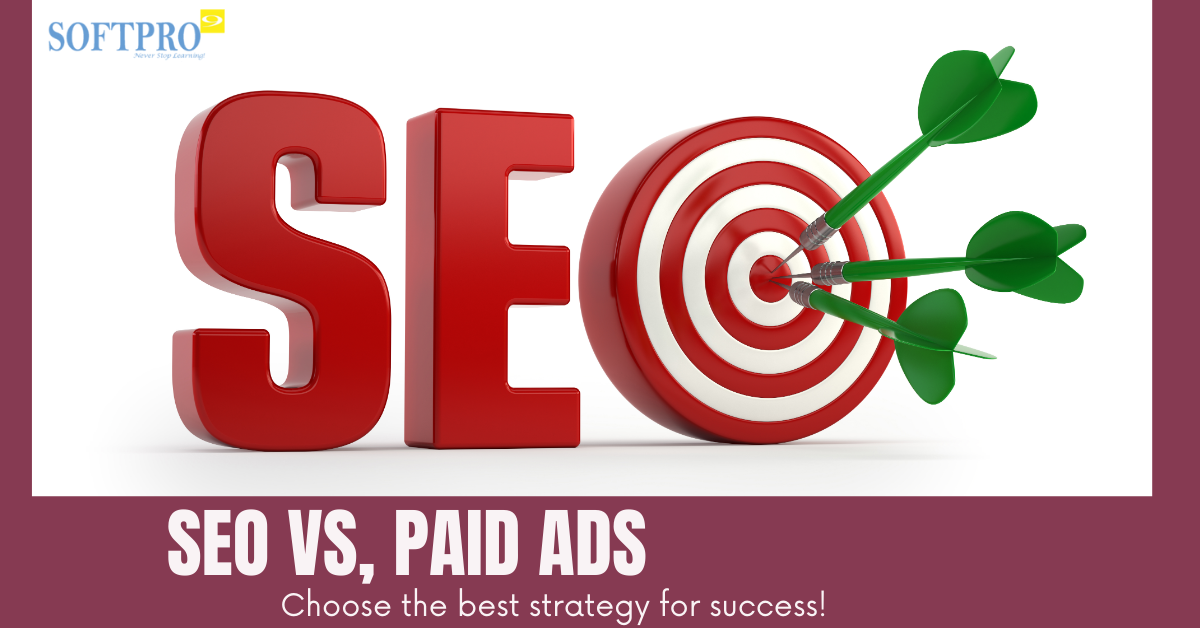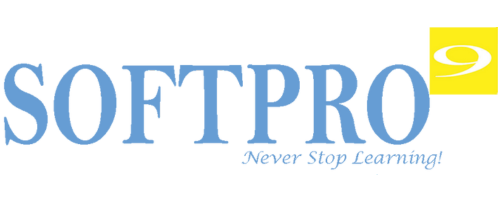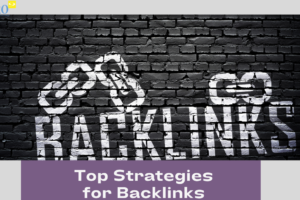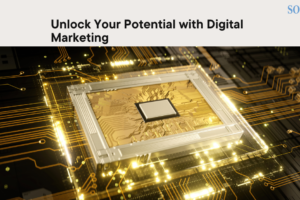
SEO vs. Paid Ads: Which Digital Marketing Strategy is Right for You?
#1 Myinstitutes.com is one of the Best Educational Portal and Training Institutes in MYSORE, MANGALORE, and BANGALORE.
In the rapidly evolving world of digital marketing, businesses are constantly faced with the decision of where to invest their time, money, and efforts. Two of the most prominent strategies are Search Engine Optimization (SEO) and Paid Advertising. While both aim to drive traffic, generate leads, and increase brand visibility, they operate in distinct ways and cater to different business goals. In this article, we’ll dive deep into the pros and cons of SEO and paid ads to help you determine which strategy best aligns with your objectives.
Understanding SEO
SEO is the process of optimizing your website to rank higher on search engine results pages (SERPs) organically. This involves a combination of on-page tactics, such as optimizing keywords and meta tags, and off-page efforts, like link building and content creation.
Benefits of SEO:
- Cost-Effectiveness: Unlike paid ads, organic traffic doesn’t require ongoing payments. Once you rank high, you can enjoy steady traffic without additional costs.
- Long-Term Results: SEO efforts can provide sustained visibility over months or years, making it a worthwhile investment for businesses aiming for longevity.
- Credibility and Trust: High organic rankings often signal trustworthiness, as users perceive these results as more credible than paid ones.
Challenges of SEO:
- SEO is time-intensive, requiring patience and consistent effort.
- Results may take weeks or months to become evident.
- The landscape constantly changes due to algorithm updates, demanding ongoing optimization.
Understanding Paid Advertising
Paid ads, or Pay-Per-Click (PPC) campaigns, involve paying for placements on search engines or social media platforms. Popular platforms like Google Ads and Facebook Ads allow businesses to target specific audiences based on demographics, interests, and behaviour.
Benefits of Paid Ads:
- Immediate Results: Paid ads can drive traffic and conversions almost instantly after launching a campaign.
- Precise Targeting: Advanced targeting options let you reach specific audience segments, ensuring your ad is shown to the right people.
- Scalability: Paid campaigns can be adjusted quickly to scale efforts or optimize underperforming ads.
Challenges of Paid Ads:
- Ongoing costs can add up quickly, especially in competitive industries.
- Traffic stops as soon as you pause your campaigns.
- Ad fatigue can occur if the same audience repeatedly sees your ads, reducing effectiveness.
SEO vs. Paid Ads: Comparing Key Metrics
| Metric | SEO | Paid Ads |
|---|---|---|
| Cost | Generally lower (long-term) | High and continuous |
| Time to Results | Slower (weeks to months) | Fast (immediate impact) |
| Sustainability | Long-lasting | Short-lived without payment |
| Credibility | Higher trustworthiness | Perceived as promotional |
| Targeting | Broad | Specific |
Which Strategy Should You Choose?
The decision between SEO and paid ads depends on your business goals, budget, and timeline.
- Choose SEO if:
- You’re focused on long-term growth.
- You have the resources to invest in quality content and consistent optimization.
- You want to build trust and authority in your niche.
- Choose Paid Ads if:
- You need immediate results to drive sales or promote an event.
- You have a flexible budget for marketing spend.
- You want to target a specific demographic with tailored messages.
Combining Both Strategies
Many businesses find success by integrating SEO and paid ads for a holistic digital marketing strategy. While paid ads can bring immediate visibility, SEO ensures sustained growth. For instance, you can use paid ads to test keywords and audiences, then leverage those insights to refine your SEO efforts.
Conclusion
Both SEO and paid ads have their unique strengths and limitations. The key is to evaluate your specific needs and leverage each strategy’s strengths to maximize your return on investment. Whether you prioritize organic growth, instant visibility, or a combination of both, having a clear plan in place will help you navigate the dynamic landscape of digital marketing effectively.



